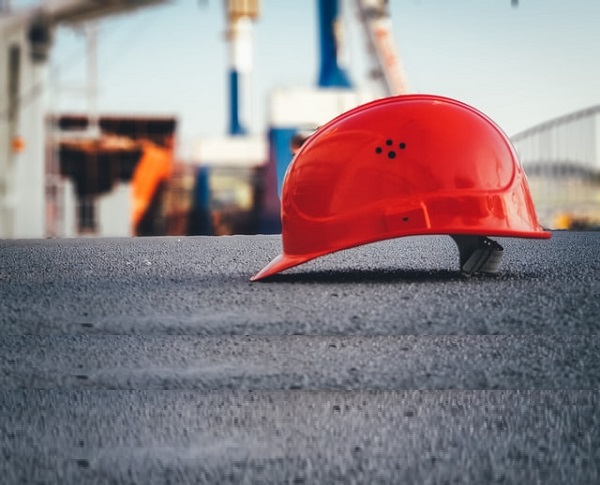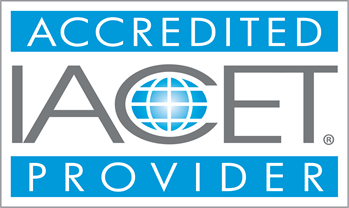Free Course
Construction Site Fire Safety Manager
Construction Site Fire Safety Manager shall be responsible for ensuring compliance with the requirements of fire code and the rules. The Fire Safety Manager shall conduct an inspection of the construction site and all fire safety measures on at least a daily basis, and maintain a record of same in a bound log book or other approved system of record keeping. Where fire watch service is provided, the fire safety manager shall be responsible for the general supervision of the fire guards.
Course Modules - (23)
Learning Outcomes:
- Develop and maintain at the construction site an approved Pre-Fire Plan. Any changes in site conditions materially affecting the procedures set forth in such plan must be updated in the pre-fire plan, maintained at the construction site and readily available for the FD upon FD’s request;
- • ensure the construction site in compliance with the requirements of the Fire Code and the Fire Rules;
- • supervise and/or monitor materials, operations and facilities regulated by the Fire Code;
- • conduct an inspection of the construction site and all fire safety measures on at least a daily basis;
- • ensure that construction site personnel are acquainted with the operation of portable fire extinguishers and other fire protection equipment on the construction site;
- • ensure that all fire protection equipment and systems are readily available and periodically inspected and tested, and maintained in accordance with this code, the rules and the Building Code;
- • be responsible for the general supervision of the fire guards where fire watch service is provided. The CSFSM shall perform the duties of the responsible person for hot work operations and be responsible for supervising the issuance of authorizations for hot work operations;
- • perform the duties of the Impairment Coordinator when any required fire protection system is out of service at the construction site;
- • perform the duties of the Fire Department liaison;
- • provide or arrange Fire Department access to the construction site, inspection of the logbook and other records, and communication with the owner or his or her design professionals, managers or contractors;
- • take all other actions that a prudent person trained and knowledgeable in construction site fire safety would take to ensure that fire safety is maintained at the construction site, given site conditions; and
- • maintain a record of same in a bound log book or other approved system of recordkeeping
Completion Requirements:
- 100% appearance for the course
- Fully involvement in all class trainings (determined by instructor)
- Completion of Continuing Education and Training Registration Form
- Completion of mandatory quiz assessments
- As applicable, attainment of least passing score on required end-of-course examination
- Participation and submittal of end-of-course assessment form (must provide name on form to obtain credit)


